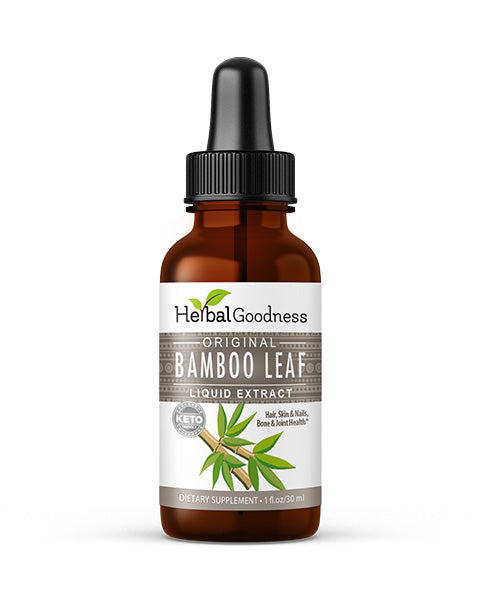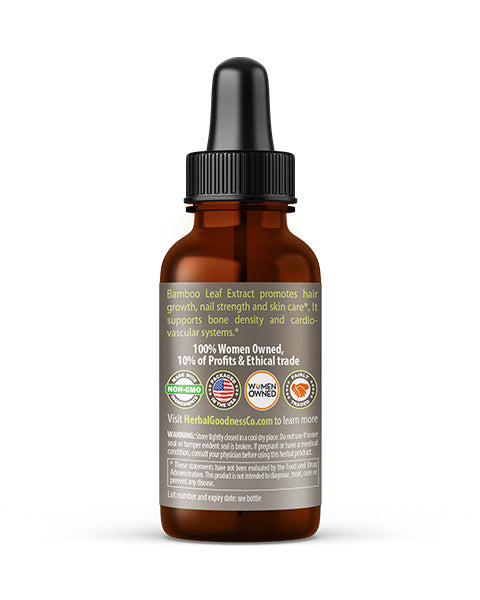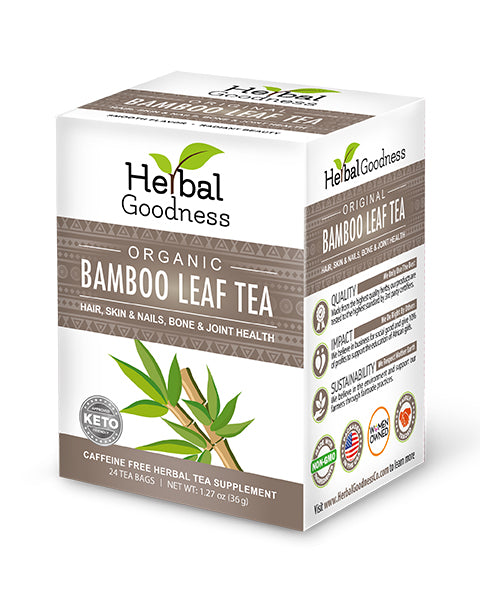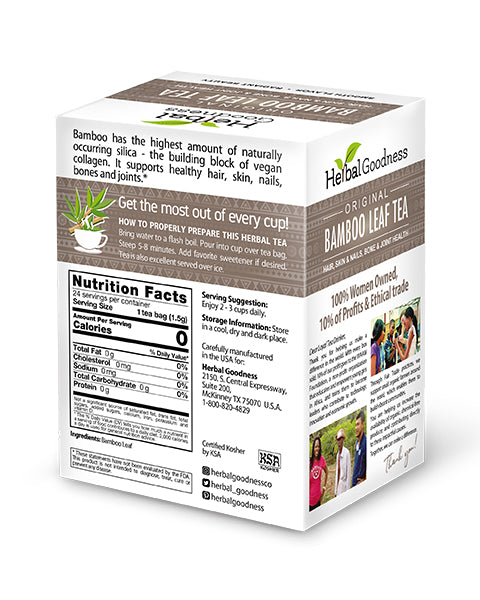Three Breathing Exercises for a Congested Chest | Herbal Goodness
Breathing is a natural, physiological and vital reflex. But breathing well is a real necessity to evacuate the activities that overwhelms you and the tensions that assail you. Breathing well can be learned and requires real involvement, but the benefits for our health are so virtuous that it would be a shame to deprive ourselves of it. A good breathing allows us to get rid of all of our toxins and carbon dioxide which pollute our organs. Not only that, heavy breathing is also the key to our well-being. If we breathe badly, our brain for example, suffers the consequences since it is poorly irrigated. But if we give it all the oxygen it needs, we improve our intellectual capacities and our attention, while also clearing our congested chest. Win-win?
Science has already managed to prove what popular wisdom has intuitively propagated for centuries: breathing in calmly and slowly calms the mind and also the body. And it is also encouraged for healthy lungs. For this reason, physiotherapists encourage people to practice helpful breathing exercises to strengthen the lungs and overall pulmonary function.
Breathing exercises aim to help displace secretions to be more easily eliminated, facilitate oxygen exchange, improve diaphragm mobility, favor thoracic drainage, recover lung capacity and prevent or re-expand affected areas of the lung.
There are a large number of different breathing exercises and techniques that you can use on a daily basis. In this article, we discuss the common types of breathing techniques that can help you to breathe easy, solve breathing difficulties, and clear a congested chest. These exercises can be done with the help of a physiotherapist or alone at home.
Deep Breathing
Deep breathing is the process of fully filling the lungs, helping to slow down breathing and prevent hyperventilation.
Deep Breathing
Step 1: Sit or lie down on a comfortable surface.
Step 2: Place one hand on your ribs and the other on your belly, just below your ribs.
Step 3: Inhale slowly through your nose and focus on filling the deepest parts of your lungs. Pay attention to your hands — the hand on your stomach should be moving, but the hand on your chest shouldn't.
Step 4: Exhale all your air through your mouth, forming a tight circle with your lips.
You can repeat this exercise three to ten times. Don't try to rush yourself, as the point is to focus on your breathing and slow it down.
Pursed Lip Breathing
In pursed lips breathing technique, you inhale through your nose and exhale slowly by pursing your lips. This breathing technique helps to keep your airways open for a longer time so that you can remove the air trapped in your lungs by slowing down your breathing rate. It also helps you breathe slower, deeper and more efficiently with less effort.
How to do it:
Step 1: Sit down in a comfortable position with your back straight and your hand placed on your thighs.
Step 2: Inhale through your nose for 2 seconds. Try to fill your abdomen with the air, instead of your lungs.
Step 3: Purse your lips like you’re blowing on hot food and then breathe out slowly, taking twice as long to exhale as you took to breathe in
Repeat the process. Over time, you can increase the inhale and exhale counts from 2 seconds to 4 seconds, and so on.
Diaphragmatic Breathing
This exercise consists of performing an inspiration using the abdominal wall and reducing the movement of the chest, followed by a passive expiration, which contributes to improving the movement of the chest wall and distribution of ventilation, relieving shortness of breath and increasing exercise resistance.
How to do it:
Step 1: Lie on your back on a flat surface or in bed.
Step 2: Place one or both hands on the abdomen
Step 3: Breathe in slowly and deeply through your nose. The abdomen should be lifted but the upper chest should remain still and relaxed.
Step 4: Tighten your stomach muscles, so that your stomach moves in, causing your hand to lower as you exhale through pursed lips. The hand on your upper chest should remain as still as possible.
As you gain more practice, you can try the diaphragmatic breathing exercise while sitting on a chair.
Learning how to do these breathing exercises can be an excellent start. It may not make the queue go faster, but it will definitely help you to see things in a lighter way and achieve a much healthier life. You've always wanted a healthy life, no?
Do you want to cleanse and boost your respiratory system? Do you need natural and GMO-free supplements that will support your lungs and leave you feeling rejuvenated? Search no more. The Herbal Goodness collection of lung support supplements is perfect for you.
Related: Stress Less with Graviola: Natural Anxiety Relief
Good Morning Exercises and Workout Routines| Herbal Goodness


